Kauto Star v Denman didn’t live up to the hype – here are 10 great sporting rivalries that did
Here are my top 10, limited to only one in each sport (one managerial and one team clash in football), compiled during a placement with the Mirror.co.uk Somehow I could not find any enduring feuds in rugby and a special mention has to be made for Borg-McEnroe, Benn-Eubank and El Superclasico between Boca Juniors and River Plate. If you want to slate my list or have a few ideas of your own, leave a comment and make me eat my words.
Kauto Star v Denman and the top 10 greatest sporting rivalries – starring Mohammad Ali, Seb Coe, Ian Botham and Alex Higgins
By Sam Rider 17/03/2010
Ahead of this week’s highly anticipated Cheltenham Gold Cup clash between Kauto Star and Denman at the annual National Hunt Festival, we look back at 10 other fierce sporting rivalries.
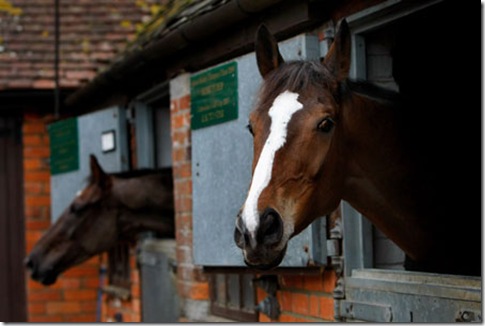 1. Muhammad Ali v Joe Frazier (1971-75)
1. Muhammad Ali v Joe Frazier (1971-75)
The Greatest versus Smokin’ Joe. With both undefeated the rivalry was hotly anticipated. Dubbed The Fight of the Century they met at Madison Square Garden in 1971 – with Frank Sinatra famously taking photos for Life magazine and actor Burt Lancaster broadcasting the action – and the fight lived up to the hype. Frazier retained the title on a unanimous decision, dealing Ali his first professional defeat. The consequent rematch in 1974 saw Ali winning by unanimous decision in 12 rounds, thus paving the way for the third and final, winner-takes-all Thrilla in Manila. In stirring up media interest Ali uttered the eternal words: “It will be a killa and a chilla and a thrilla when I get the gorilla in Manila.” The fight lasted 14 draining rounds in temperatures approaching 100 degrees Fahrenheit with the advantage swinging between the two greats over the contest. Both were close to death when Frazier was unable to answer the bell for the 15th and final round, after his trainer Eddie Futch, refused to let his fighter continue. A bitter legacy remains between the former champs with Frazier unable to forgive Ali for his pre-fight personal, antagonistic remarks and resentment for his trainer ending a fight he felt he would win.
After the fight Ali called Joe’s son Marvis to his dressing room. He told him how sorry he was for humiliating his father and his family with his jibes before the bout. When Marvis told his father, Smokin’ Joe simply responded: “Why didn’t Ali apologise to me?”
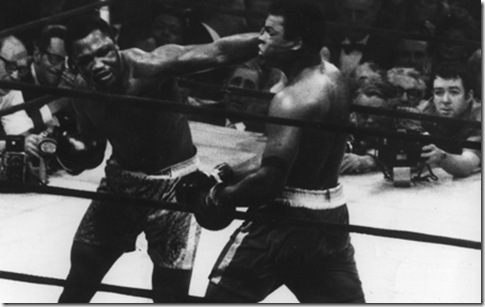 2. Alain Prost v Ayrton Senna (1984-94)
2. Alain Prost v Ayrton Senna (1984-94)
The F1 greats held a captivating rivalry on the track which peaked in 1989 at Suzuka, Japan, when the McLaren pair forced each other off the track. With the Brazilian Senna requiring a finish ahead of Frenchman Prost who was leading the championship, he tried to drive past the Frenchman at a tight chicane only for the McLarens to lock wheels and grind to a halt off the track. Prost went on to win the season but Senna had his revenge the next year, at the same circuit, where Senna ploughed into the rear wheel of the escaping Prost at 170 mph taking both cars out of the race and handing the Brazilian the 1990 Championship. “I didn’t care if we crashed; I went for it,” Senna said later. “I think what happened in 1989 was unforgivable, and I will never forget it. I still struggle to cope with it even now.” Prost responded on the record slamming Senna’s actions as disgusting and seriously considered retiring after that incident.
3. England v Argentina (1986, 1998, 2002)
This politically charged clash first spilled onto the football field at the Mexico World Cup in 1986. There the infamous Hand of God and a mesmerising Maradona dribble knocked England out of the tournament at the quarter finals. Set against a backdrop of the Falklands War four years earlier and a residing animosity, an intense football rivalry developed. Fast forward to the 1998 World Cup where Michael Owen, as a teenage prodigy, grabbed centre stage with a slaloming run through the heart of the Argy midfield and defence. A tempestuous David Beckham was sent off and the Three Lions fell victim to the scourge of penalties. The opportunity for revenge came at the following World Cup in South Korea and Japan as Beckham vanquished his and his nation’s demons with an emphatic penalty drilled down the middle of the enemies goal. Think Thatcher v Galtieri, Shilton v Maradona and Beckham v Simeone. Becks modestly described his World Cup highlight as “extremely special”. Not half.
4. Chris Evert v Martina Navratilova (1975-88)
For all the fervour surrounding the Borg-McEnroe contests, the women’s game holds the greatest on court rivalry. There was the contrast in styles, but this time between two players who dominated for more than a decade – between them the pair won 18 out of the 19 slams between 1982 and 1986. Overall, Americas sweetheart and the Czech challenger played each other an enthralling 80 times. The 1985 French Open final, with Chris winning 6-3 6-7 (4-7) 7-5 arguably stands out as the greatest. Despite the on court competition, the two remained close friends throughout. Navratilova introduced Evert to former Olympic skier Andy Mill, who married Evert in 1988 and the two greats played as doubles partners at the same time as their fierce singles rivalry. “If you tried to make the perfect rivalry, we were it. Most of the time, one of us was number one in the world, the other one was number two,” said Navratilova in 1998.
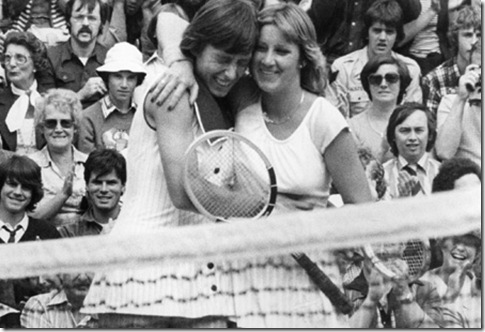 5. Sebastian Coe v Steve Ovett (1978-86)
5. Sebastian Coe v Steve Ovett (1978-86)
The British pair dominated middle distance running for a decade, exchanging records and captivating the world at the Moscow Olympics. Ovett beat Coe to take gold at in 1980 for the 800m, Coe was victorious in the 1500m and defended the title at the Los Angeles Olympics four years later. In a 10-day period in 1981 they traded the world record for the mile between them three times. Their clash of personalities is underlined in a dispute over a BBC film, documenting their rivalry, based on Pat Butcher’s The Perfect Distance, currently in production. Ovett, now 54, suspects the film will focus on stereotypical differences between the two, portraying a clean-cut Coe, who attended Loughborough University, and making him the villain of the piece as an art school rebel. "I heard about that and gave it the thumbs down from the start for obvious reasons," Ovett told national press agency Sportsbeat. "After Chariots of Fire I can picture the intellectual, clean cut, perfect smile Seb up against the ‘working class boy’. It kinda sucks. I prefer to leave the past exactly where it is," said Ovett.
6. Garry Kasparov v Anatoly Karpov (1984-2009)
The cerebral chess cliff-hanger ending was left teetering for 25 years since the days of the Berlin Wall and their five-month contest in Moscow. That grueling battle in 1984 was called off without a winner over fears for the protagonists waning physical and mental health. With the duel ended at 5-3 to the 33 year old Karpov (it was a first to six wins match) against his junior Kasparov, then 21, the contest was resumed in September 2009 as a 12-game rematch that Kasparov eventually won out 9-3. Kasparov was seen as the southerner, half-Jewish, half-Armenian, young up-start taking on the golden boy of the Soviet Union, Karpov. At a time when the Soviet Union was going through a period of great turmoil this classic encounter encapsulated the tide of change sweeping over the creaking, introspective Eastern Bloc.
7. Sir Alex Ferguson v Arsene Wenger (1996-2010)
Fergie’s Manchester United and Wenger’s Arsenal have dominated the Premier League record books. Since Wenger’s arrival in the 1996-97 season United have plundered 8 Premier League titles, 2 FA Cups and 2 Champions Leagues, being runners-up last year. The Gunners have claimed 3 Premier League titles, 4 FA Cups and made the final of the Champions League once. Their most infamous bust up to date came in October 2004, when both teams and managers clashed in the tunnel after United had ended Arsenals 49-game unbeaten run in a match dubbed The Battle of the Buffet. The rivalry will forever be remembered for a mysterious slice of pizza being thrown at the face of the incensed Scot, immortalising the word: Pizzagate.
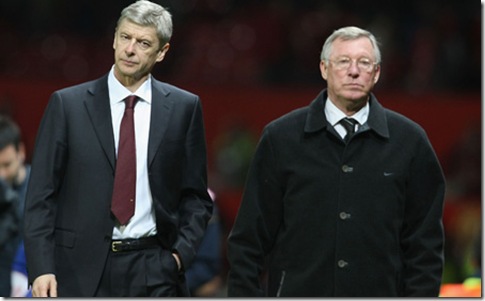 8. Arnold Palmer v Jack Nicklaus (since 1958)
8. Arnold Palmer v Jack Nicklaus (since 1958)
Nicklaus won 18 majors, Palmer won 7. Jack had 73 PGA wins, Arnie 62; yet Jack desperately desired the adoration of the public that Palmer enjoyed yet was considered the superior golfer. At the 1962 US Open at Oakmont, Palmer said: “Everybody says I’m the favourite, but you’d better watch the fat boy.” Nicklaus went on to win that year, at the age of 22, and made the cover of Time magazine confirming his rivalry with Palmer. In a commentary the famous words depicted the contrast between the two greats: “When God created Jack Nicklaus and Arnold Palmer, he turned to Nicklaus and said: You will be the greatest the game has ever seen. Then He turned to Palmer, adding: But they will love you more.”
9. Ian Botham v Ian Chappell (1977)
Beefy proved it only takes a minute to make a lasting impression. Although they never played against each other for their countries their toxic feud remains as strong today as it did 33 years ago in 1977. An uncapped 21 year old Botham, in Melbourne on a scholarship, came head to head with Chappell, 34, in the MCG bar. The pugnacious Aussie was enjoying some vocal Pommie bashing which Botham took offence to. An ensuing melee took place in which the Englishman floored the Australian with a punch and Chappell scampered out of the bar (Botham’s version) or Botham threatened to cut him from ear to ear and then pushed him off his chair, after which the Australian coolly left the bar with the irate, snarling Botham being restrained (Chappell’s version). Subsequent confrontations out in the middle involved homing-missile beamers and bouncers; sticks and stones fly in their respective autobiographies and media appearances are yet to produce an apology. After Botham bowled a particularly vicious bouncer, Chappell spat back the warning that if he did it again he had better hit me because “if it doesn’t I’m going to come down there and whack you with the bat”. Asked whether they would have a drink after filming of a current affairs programme they appeared on together in the 1990s, Chappell said: “No. I can find plenty of decent people to have a drink with. I wont be drinking with him.”
10. Alex Higgins v Everyone
The Hurricane took on all-comers during his fractious snooker career, punching referees, scrapping with fellow players and being banned from more hotels than we care to mention. Higgins was a genius on the baize, winning the World Snooker Championships in 1972 and 1982, but upset everyone involved in the sport during his years as a pro. He was banned by snooker’s governing body 15 times, had an on-going feud with Dennis Taylor and was even banned from televised snooker show Pot Black.
FIVE RIVALRIES FOR THE FUTURE
Manny Pacquiao vs Floyd Mayweather Jnr
Lewis Hamilton vs Sebastian Vettel
Manchester United vs Manchester City
Andy Murray vs Juan Martin Del Potro
Tyson Gay vs Asafa Powell to play second fiddle to Usain Bolt
And here’s another valuable piece of reporting I undertook at the Mirror’s headquarters in the Canary Wharf: “The ugliest dog Oscar’s – see all the nominees”.

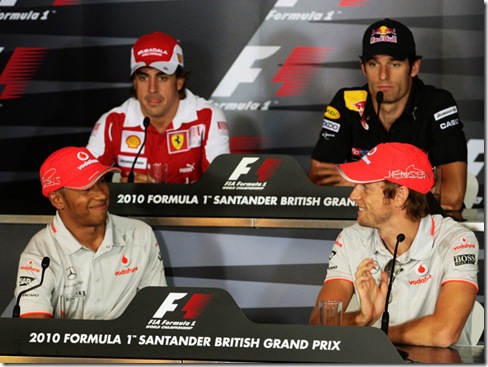
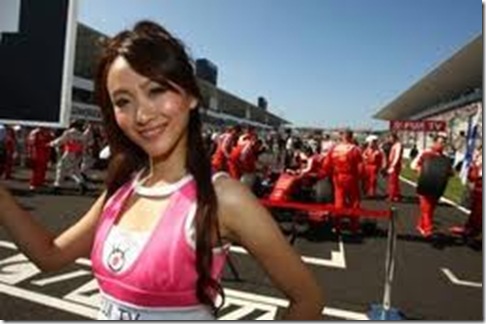

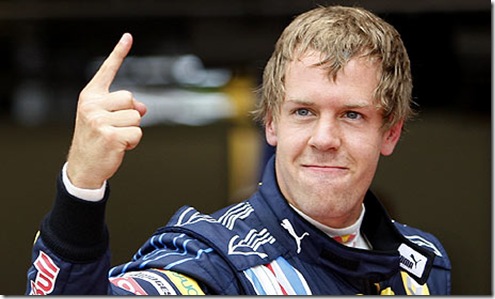
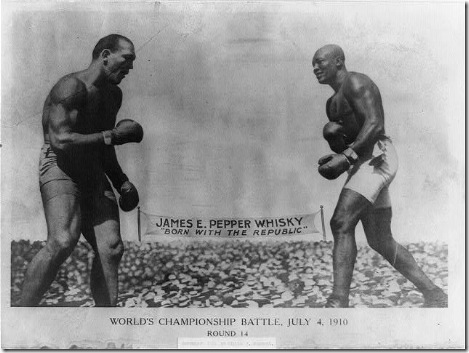
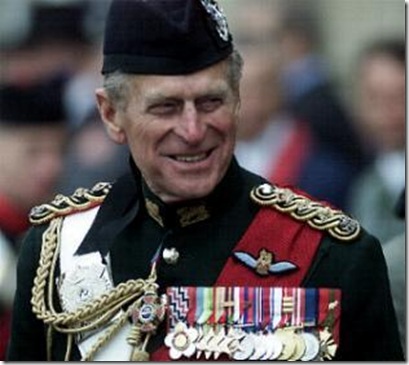
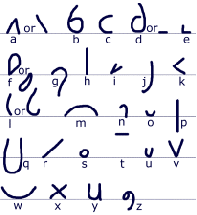

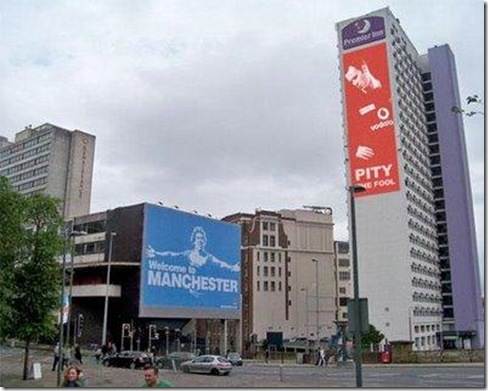
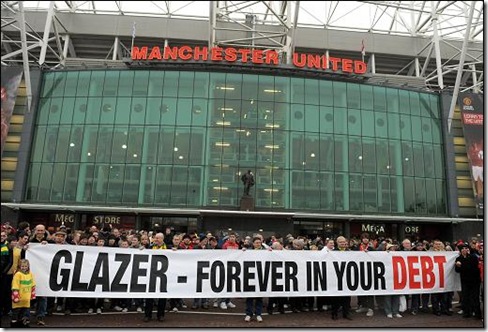
 1.
1. 


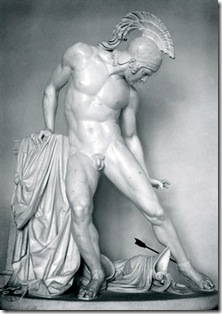
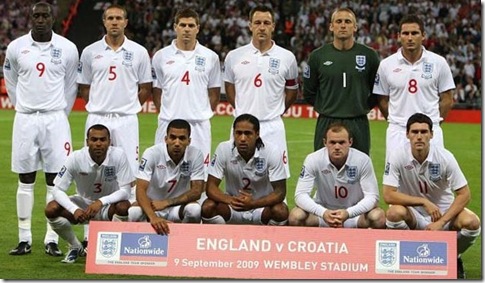 Now what a difference a
Now what a difference a 
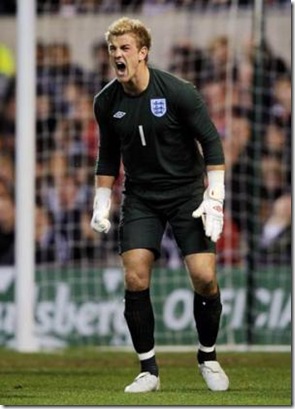
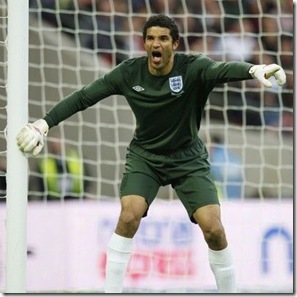
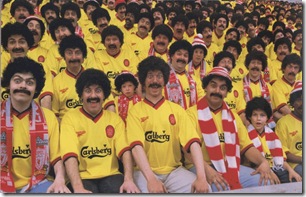
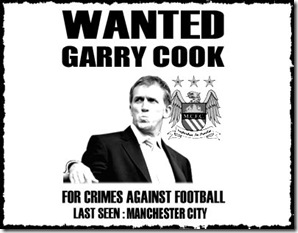
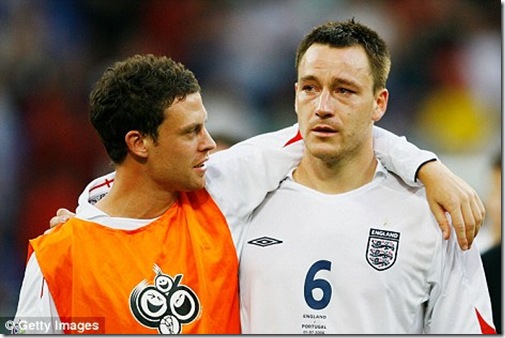



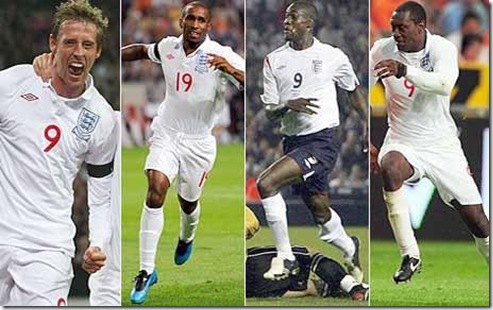
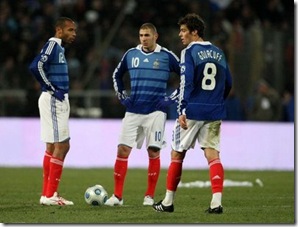
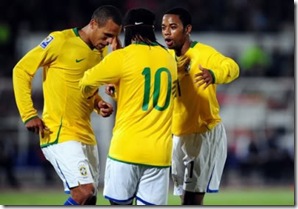
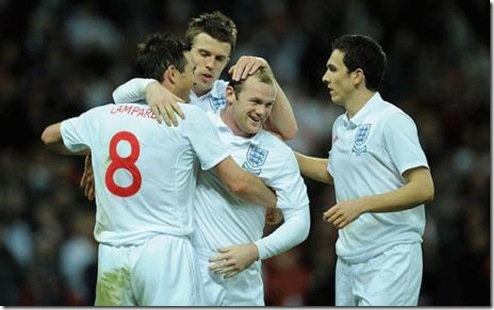
Latest comments